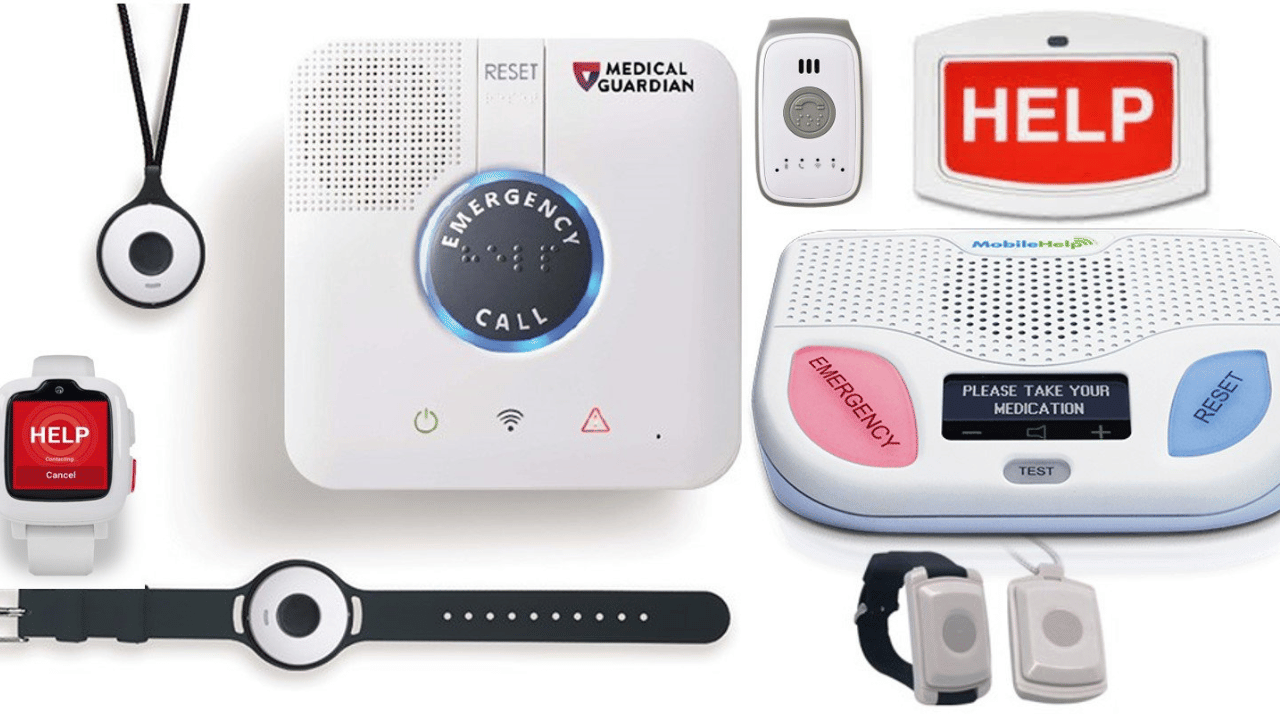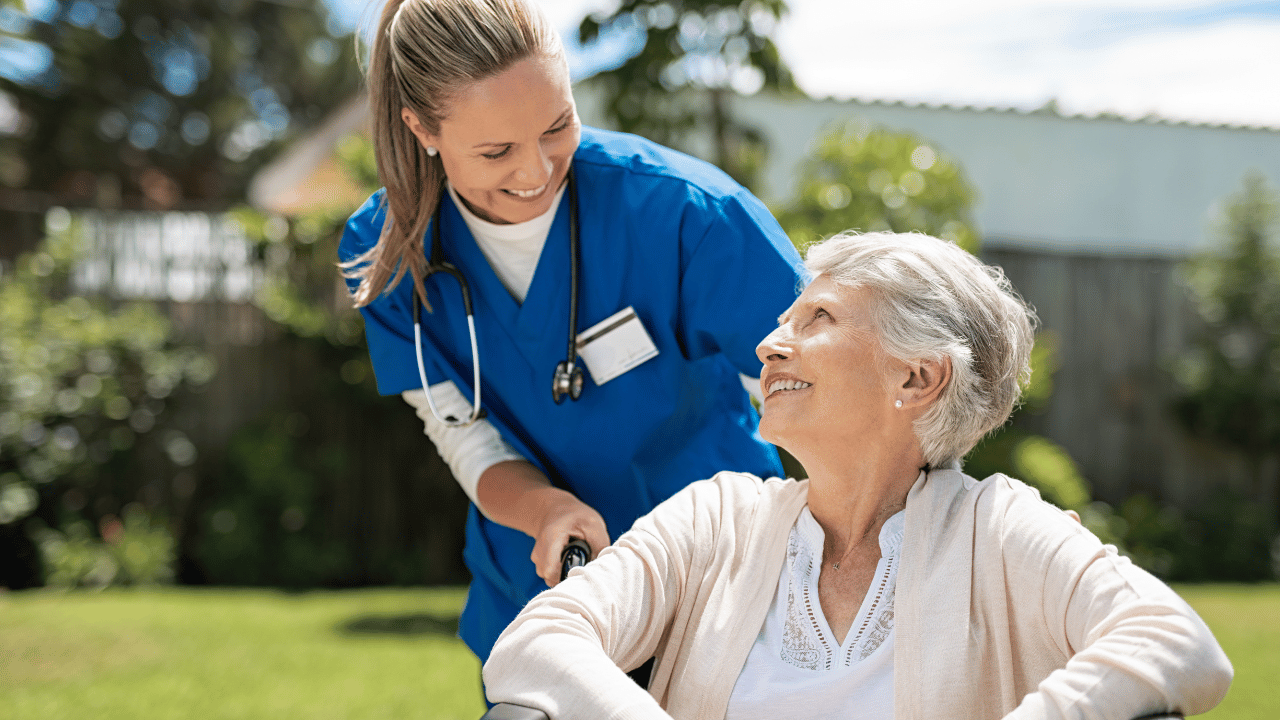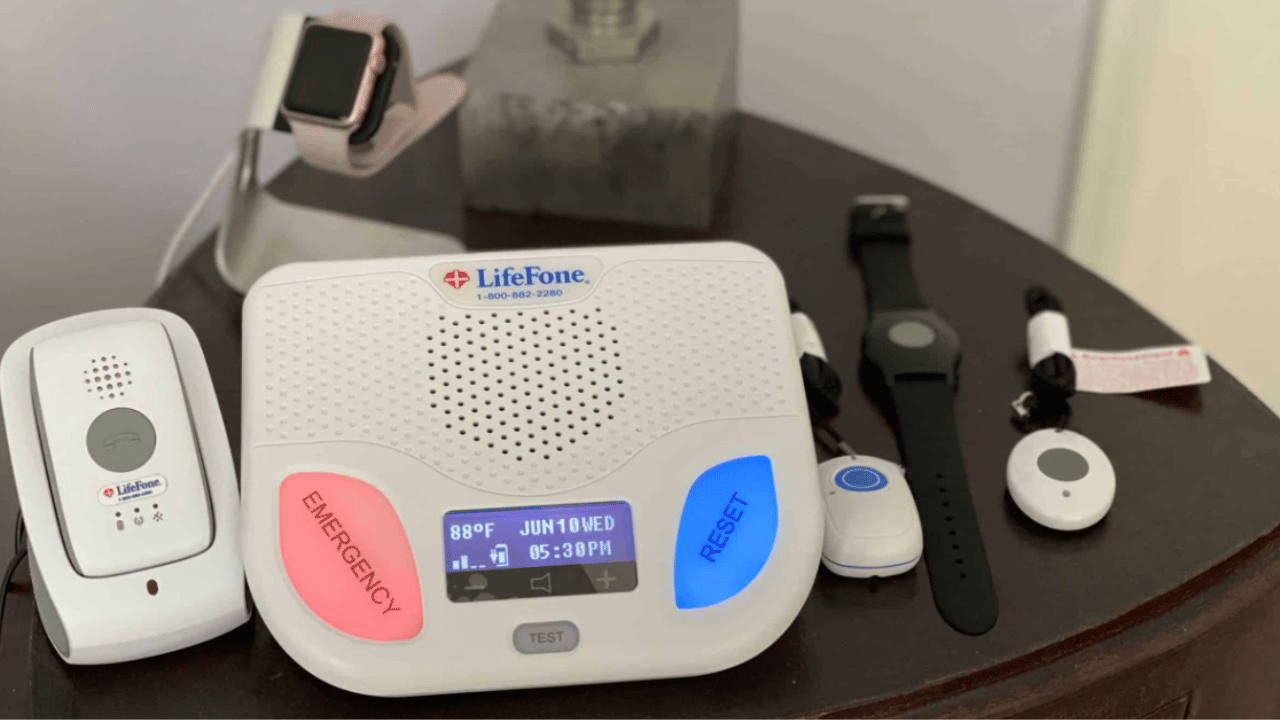The Role of Wearable Technology in Modern Medical Alert Systems
In an era marked by technological advancements, the integration of wearable technology has revolutionized various industries, including healthcare and security. One area where this innovation is particularly impactful is in modern medical alert systems. These systems play a crucial role in ensuring the safety and well-being of individuals, especially those with medical conditions or seniors who may require immediate assistance. In this blog post, we will explore the significance of wearable technology in modern medical alert systems and how it enhances overall security and peace of mind.
The Evolution of Medical Alert Systems
Traditional medical alert systems have come a long way from the bulky pendant-style devices with limited functionalities. Today, these systems leverage cutting-edge wearable technology to provide users with a more seamless and integrated experience. Wearable devices, such as smartwatches and fitness trackers, have become integral components of modern medical alert systems, offering a range of features beyond simple emergency calls.
Real-Time Health Monitoring
One of the key advantages of wearable technology in medical alert systems is the ability to monitor users' health in real time. Modern wearables have sensors that can track vital signs, including heart rate, blood pressure, and even oxygen levels. This continuous monitoring enables medical alert systems to detect abnormalities or sudden changes in the user's health, triggering immediate alerts to caregivers or emergency services.
Fall Detection
Falls are a significant concern, especially among seniors, and can result in serious injuries. Wearable devices with built-in accelerometers and gyroscope sensors can detect sudden movements or changes in elevation, signalling a potential fall. The medical alert system can then automatically initiate a call for help, providing a swift response in critical situations. This proactive approach to fall detection contributes to reducing emergency response times and minimizing the impact of injuries.
GPS Tracking for Enhanced Location Services
Wearable technology also incorporates GPS tracking capabilities, allowing medical alert systems to pinpoint the user's location accurately. This is particularly beneficial for individuals with cognitive impairments or those prone to wandering, such as individuals with Alzheimer's disease. Caregivers and emergency responders can quickly locate the user, even if they are unable to communicate their whereabouts, ensuring a rapid and efficient response in emergencies.
Two-Way Communication
Traditional medical alert systems typically support one-way communication, where the user can speak with a monitoring center but cannot receive a response. Wearable devices, however, enable two-way communication, facilitating a more interactive and reassuring experience for users. In the event of an emergency, the user can communicate directly with emergency responders or caregivers through the wearable device, providing essential information and receiving guidance or reassurance.
Integration with Smart Home Systems
The synergy between wearable technology and smart home systems further enhances the capabilities of modern medical alert systems. Wearables can be integrated with smart home devices, such as door sensors, motion detectors, and smart locks.
This integration enables the medical alert system to not only detect emergencies but also assess the overall home environment. For instance, if a door is left open for an extended period, it may indicate a potential issue, prompting the system to initiate a wellness check or alert caregivers.
User-Friendly and Discreet Design
Unlike traditional medical alert devices that can be stigmatizing or uncomfortable to wear, modern wearables are designed with user comfort and aesthetics in mind. Sleek and stylish, these devices can seamlessly blend into everyday life, encouraging consistent usage. This user-friendly design addresses the stigma associated with traditional medical alert systems, ensuring that individuals are more likely to embrace and consistently wear their devices.
The integration of wearable technology in modern medical alert systems represents a significant leap forward in the realm of healthcare and security. These advanced systems go beyond the traditional emergency call functionality, offering real-time health monitoring, fall detection, GPS tracking, two-way communication, and seamless integration with smart home systems.
As wearable technology continues to evolve, so too will the capabilities of medical alert systems, providing individuals and their loved ones with greater peace of mind and security in their daily lives. Embracing these innovations ensures that we are better equipped to respond to emergencies swiftly and effectively, ultimately saving lives and improving the quality of care for vulnerable populations.
Contact us today, our Personal Consultants will assist you with understanding which medical alert is right for you or your loved one.










